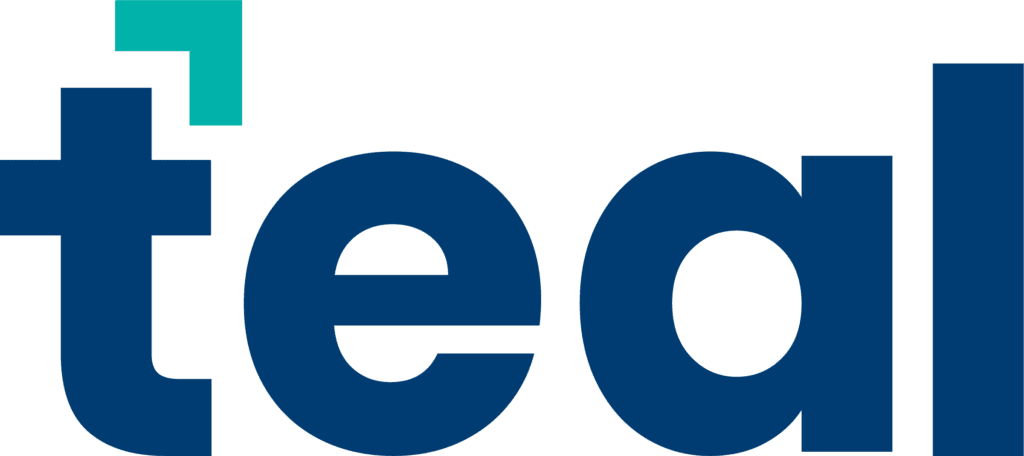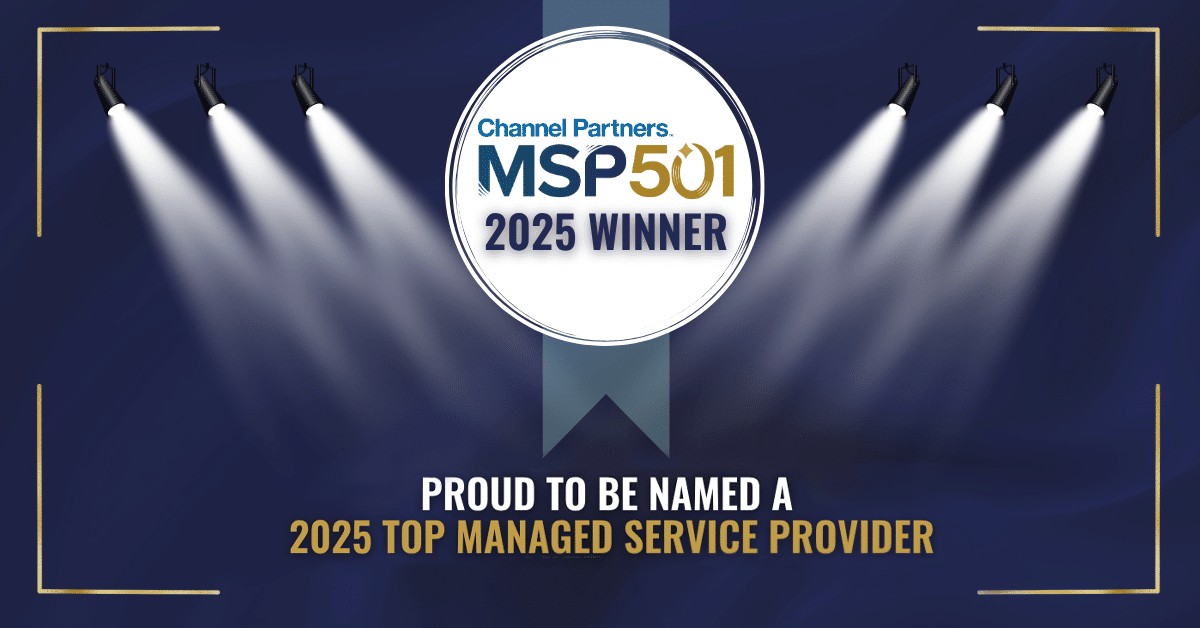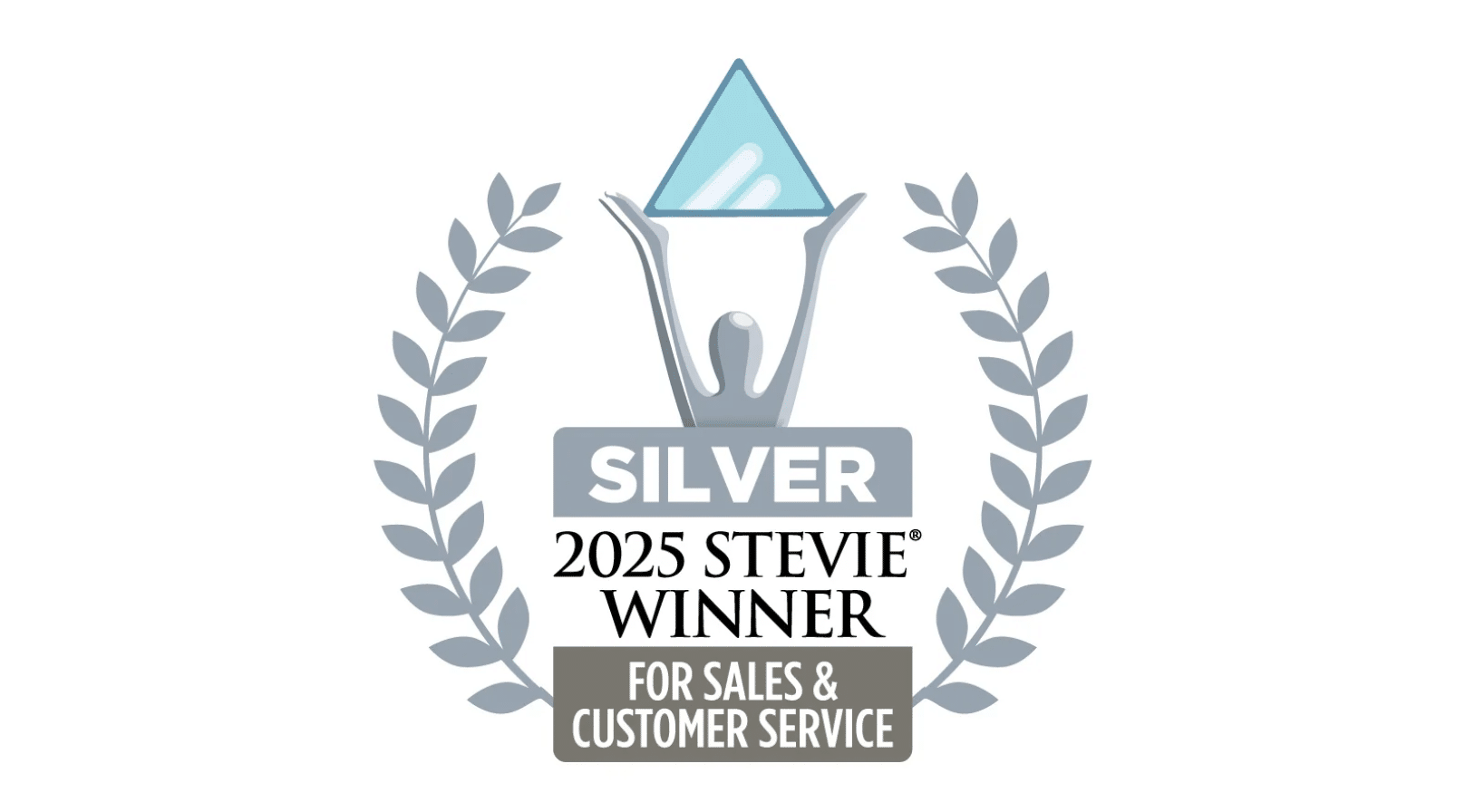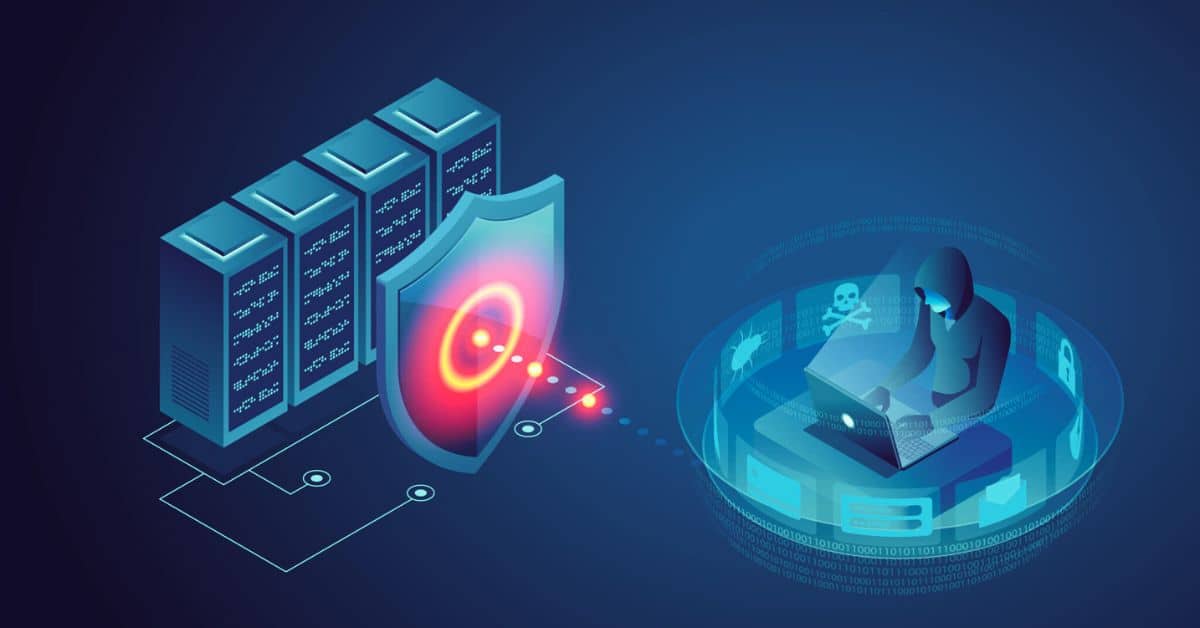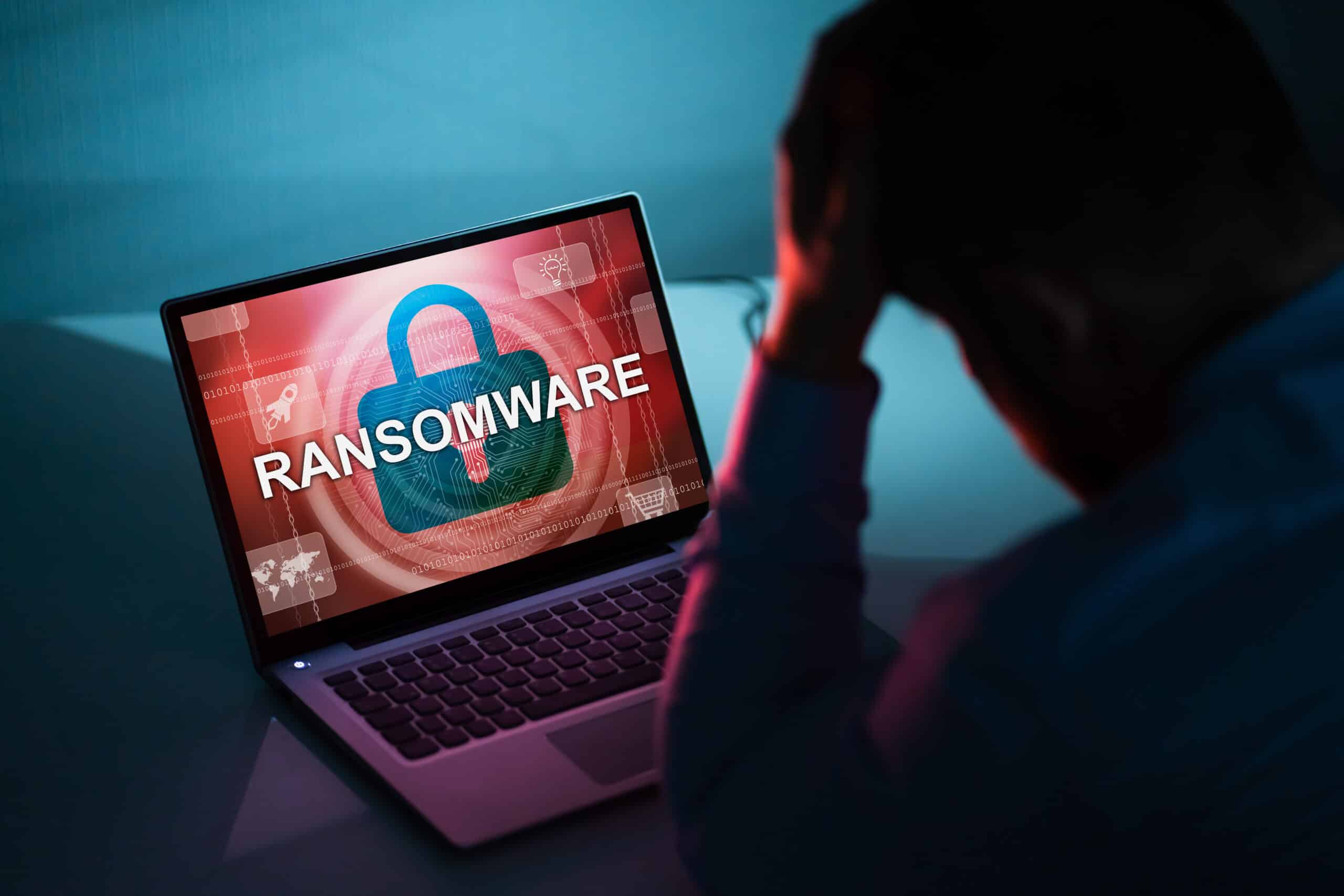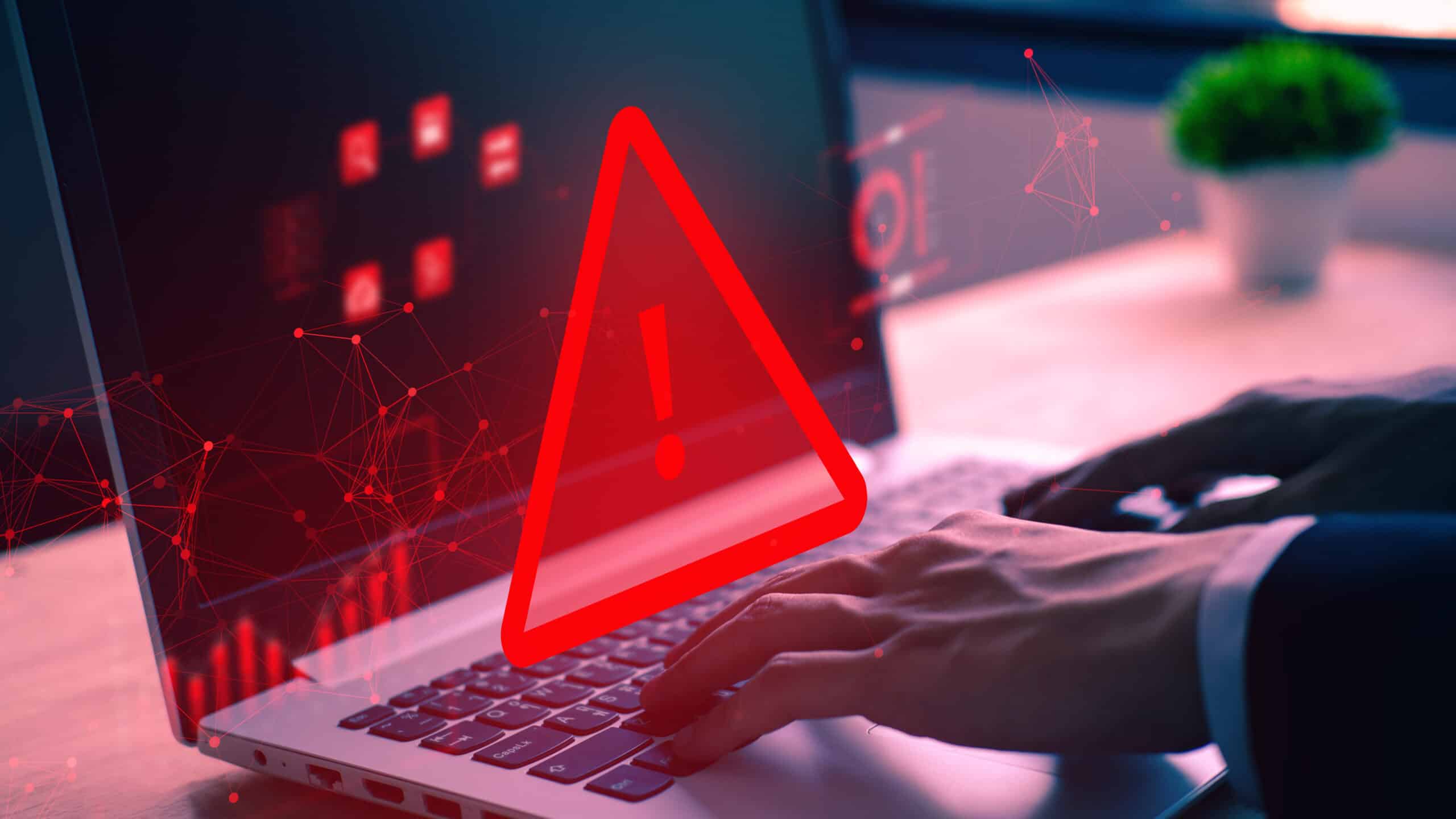Understanding your company’s unique profile is the first step in mitigating cyber risk. Once you have a clear picture, you need cyber security controls because they’re your keys to cyber threat detection and prevention. But what controls are important for industries at high risk for advanced cyber threats, like…
- Healthcare?
- Manufacturing?
- Financial?
- Construction?
- Defense?
If your SMB falls into these industries, today’s article is for you. We’re diving into how you can significantly enhance your ability to detect and prevent advanced cyber threats.
In a hurry? Take these insights with you in our downloadable guide.

Enhance your defenses from sophisticated cyber threats with expert strategies from a trusted managed service provider. Download now.
Table of Contents
What is Threat Detection & Response?
Threat detection is the process of identifying malicious activity that can compromise your network. Your goal should be to spot this activity quickly. The faster you identify it, the less time the bad actor can cause damage or breach sensitive data.
You also need to have an incident response plan for any threat you encounter. This will help you prevent threats from taking advantage of any weaknesses in your network. Your response should include predefined procedures for neutralizing threats, recovery from any damage you may suffer, and strengthening your network against future attacks.
Being proactive about cybersecurity helps your business grow and stay ahead of competitors. An attack can quickly make you fall behind because of:
- Business disruption
- Strained finances
- Loss of customer trust
Types of Threats
Advanced threats include:
- Phishing
- Cryptojacking
- Machine-in-the-Middle (MitM)
- Ransomware
- Zero-day Exploits
- Advanced Persistent Threats (APTs)
How Companies Detect Advanced Cyber Attacks
As we mentioned in the previous section, threat identification is essential to your business’s success. To detect cyber threats effectively in your small- to medium-sized business (SMB), you should employ a defense-in-depth framework.
This layered security strategy will integrate both tools and best practices to give you the most effective protection. But, before we dig into that, there are a few things worth mentioning.
Effective cyber threat detection requires continuous monitoring of your network and control over your endpoints. This ensures that you can quickly identify and remedy any suspicious activity.
Additionally, you need to keep in mind that cybersecurity requires continual improvements. It’s not a “once protected, always safe” type of situation. Cyber threats evolve rapidly, and SMBs are appealing targets to hackers. So, your defenses should adjust as well.
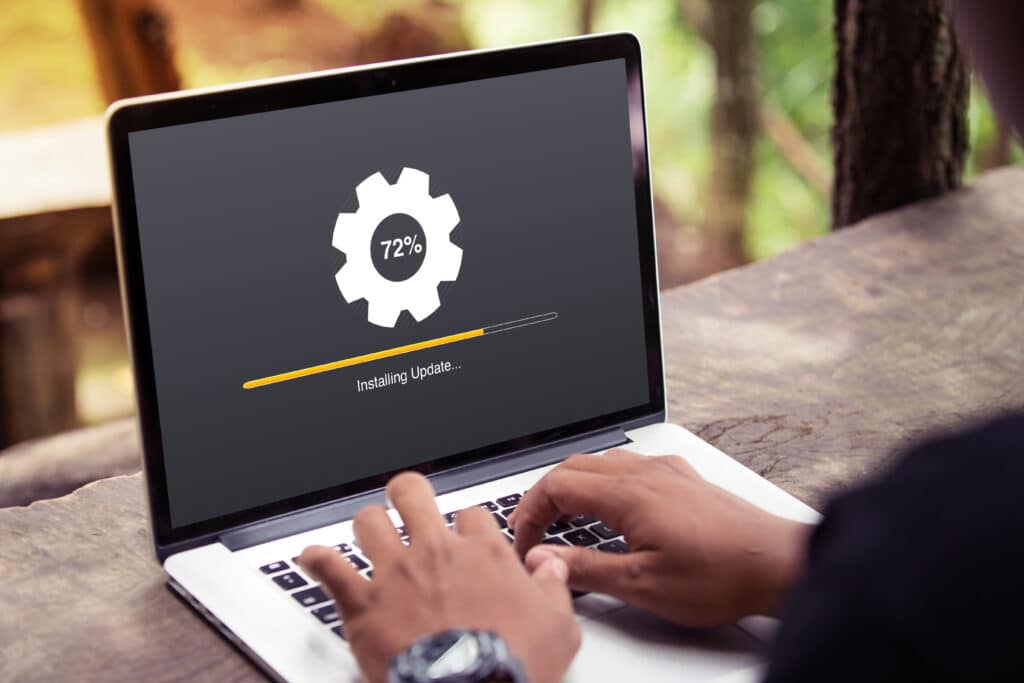
Regular updates, patches, and cybersecurity assessments are essential components of a robust strategy. We suggest your IT team stays up to date with the latest threats your organization faces. In doing so, they can make informed adjustments when necessary to mitigate risk.
So, what solutions and best practices do you start with when facing heightened risks? You start by gaining a comprehensive understanding of the environment your business exists in.
Understanding Your Unique Environment
Consider your business’s threat landscape, regulatory requirements, and the sensitivity of the data you are protecting. To achieve a comprehensive understanding, conduct a cybersecurity risk assessment or engage a third-party service for penetration testing.
Building on a Strong Foundation
To defend your company, you’ll need strong cyber security threat detection solutions. A good place to start is with Endpoint Detection and Response (EDR), Managed Detection and Response (MDR), and threat intelligence.
Depending on your organization, a basic form of Security Information and Event Management (SIEM) System may be important too.
These tools provide both real-time threat detection and insight into evolving cyber threats. Combined, they give you a well-rounded and effective security program. Just ensure you have the foundational cybersecurity measures in place first.
We recommend getting EDR after you:
- Complete a thorough inventory
- Have policies and procedures
- Have monthly security awareness training
We recommend implementing more advanced measures like SIEM after you:
- Have EDR
- Have MDR
- Regularly update & patch systems
- Follow password best practices
- Maintain regularly updated backups
- Use multi-factor authentication
Is your organization missing the cybersecurity experience it needs for a successful in-house cybersecurity program?
We recommend using these insider secrets to hire top IT talent for your organization.
Outsourcing Cybersecurity
There is a cost-effective option to protecting your organization against cyber threats. It’s outsourcing your cybersecurity. An experienced managed security service provider can seamlessly implement all the measures you need.
For instance, Teal provides affordable, enterprise-level security to its clients. It includes everything needed wrapped up in one predictable monthly payment, such as:
- EDR
- MDR with Security Operations Center
- Security awareness training
- Simulated phishing campaigns
- Security patching
- Email protection
There are many providers available on the market, and they’re not all equal. They may not be able to handle your requirements or have a fast response time. So, if you decide to outsource cybersecurity, make sure you research each service provider thoroughly.
Up next, we’re going to look closely at four methods for detecting cyber threats. Then, a section on five preventative measures.
4 Threat Detection Methods
Let’s explore four threat detection tools and solutions high-risk companies might need, starting with MDR.
1. MDR with Security Operations Center (SOC)
Managed Detection and Response (MDR) gives SMBs proactive monitoring, advanced threat detection, incident response, and strategic security oversight. This integrated approach provides businesses with the capabilities necessary to defend against sophisticated cyber threats.
Features to Look For
- 24/7 Monitoring and Threat Detection
- Integrated SOC Services
- Proactive Incident Response and Remediation
- Compliance and Reporting
- Advanced Threat Intelligence and Analytics
- Tailored Security Strategies
2. EDR Solutions
EDR solutions offer crucial visibility and control over endpoints. Threat detection tools, like EDR, are particularly beneficial for SMBs with employees using personal devices or working remotely.
These tools monitor and collect data from endpoints within your company’s network – such as workstations and servers. This allows them to identify emerging threat patterns. EDR provides responsive capabilities, enabling you to preemptively counteract threats before they escalate. That way, if a threat makes it past your antivirus you have another line of defense.
EDR products on the market specifically designed for SMBs are available. They strike a balance between sophistication and user-friendliness. Here’s what to look for:
Features to Look For
- Real-time monitoring and alerts
- Automated response capabilities
- Advanced analytics to identify suspicious activities
Recommended Tools
- Sophos Intercept X
- CrowdStrike Falcon
- SentinelOne

3. Threat Intelligence
Threat intelligence platforms use data collected from a variety of sources to identify and categorize threats. By understanding the tactics, techniques, and procedures (TTPs) of attackers, your organization can better detect and respond to threats.
Threat intelligence platforms may be beyond the reach of many small businesses due to cost and complexity. However, there are more accessible options available.
Your SMB can subscribe to scaled-down services or use free threat intelligence feeds. This can help you stay informed about relevant threats and adjust your security posture accordingly.
If you outsource cybersecurity, your provider should drive their strategies using threat intelligence to protect your organization.
Features to Look For
- Real-time threat data
- Analysis of global security threats
- Customized intelligence feeds
Recommended Tools
- Recorded Future
- CrowdStrike Falcon X
- Cisco Talos
4. SIEM Systems
SIEM systems collect and analyze log data from your company’s IT infrastructure to find suspicious behavior or policy violations. SMBs in various industries can benefit, especially those facing strict regulatory compliance requirements, including:
- Healthcare
- Financial services
- Manufacturing
- Government
- Education
- Professional Services
A managed security service provider may also offer SIEM as a part or add on to their service offerings. If your organization needs this, ensure you ask them if they include it in their plan.
Features to Look For
- Centralized logging
- Correlation of security alerts
- User and Entity Behavior Analytics (UEBA)
Recommended Tools
- Splunk
- IBM QRadar
- LogRhythm

5 Threat Prevention Methods
Identifying advanced threats with detection tools is only one piece of the puzzle. You also need to have proactive measures in place. In this section, we’re exploring five key prevention methods.
1. Next-generation Firewalls (NGFWs)
A firewall is a network security device that monitors and controls incoming and outgoing network traffic based on predetermined security rules. They protect internal networks from outside threats by blocking unauthorized access from untrusted external networks like the internet.
Next-generation firewalls (NGFWs) are advanced security tools that go beyond the capabilities of traditional firewalls. They include many ways to filter network devices, giving more granular control over the data on your network.
Features to Look For
- Advanced Threat Protection (ATP)
- SSL Inspection
- Integrated Intrusion Prevention System (IPS)
Recommended Tools
- Fortinet FortiGate
- Palo Alto Networks PA-Series
- Cisco NGFW

2. Advanced Ransomware Protection & Antivirus
Most people are familiar with antivirus solutions. They are a first line of defense – quickly identifying known malware or behaviors. They are essential for preventing, detecting, and removing malicious software (e.g., viruses, worms, and ransomware) from your devices. They work by scanning files and systems for malware and providing real-time protection against threat installation.
Features to Look For
- Real-time Detection and Protection
- Behavioral Analysis
- Machine Learning and AI
- Multi-layered Protection
Recommended Tools
- Bitdefender GravityZone Business Security
- Sophos Intercept X
- Malwarebytes for Business
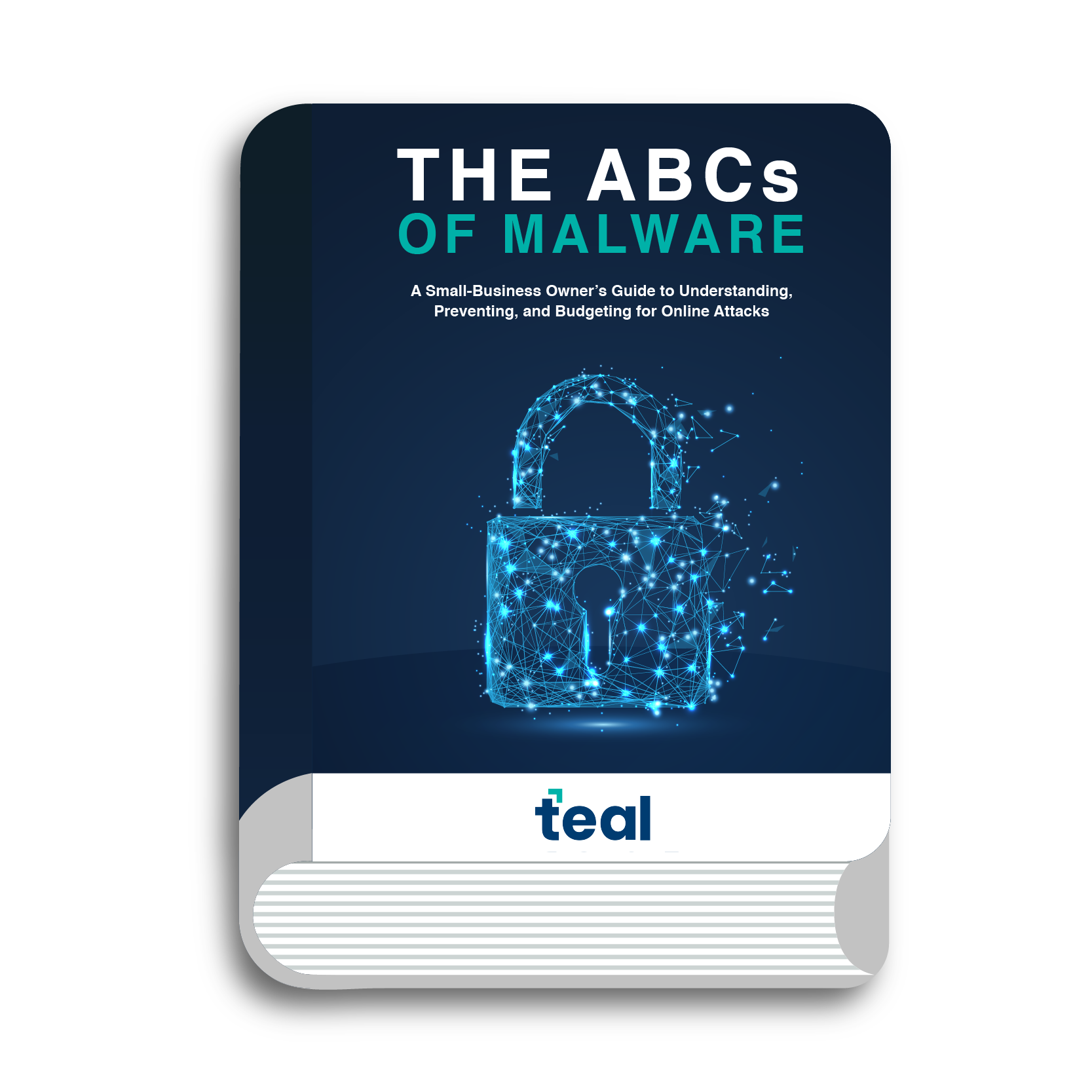
Cybercriminals are increasingly targeting small businesses, but you don’t have to face them alone. Our guide provides actionable strategies to protect your systems, data, and reputation from malicious software.
Cybersecurity doesn’t have to be overwhelming—equipped with the right knowledge, you can create a strong, effective defense.
3. Operating System & Third-party Patching
It’s important to regularly update and patch operating systems, applications, and firmware. This will help reduce weaknesses that threat actors exploit.
Features to Look For
- Automated Patch Management
- Comprehensive Coverage
- Prioritization and Risk Assessment
- Reporting and Compliance
Recommended Tools
- SolarWinds Patch Manager
- ManageEngine Patch Manager Plus
- Ivanti Patch for Endpoints
4. Access Control and Authentication Measures
Implementing strong access control policies and multi-factor authentication ensures that only authorized users can access sensitive information. This reduces the risk of data breaches by limiting the potential impact of compromised user credentials.
Features to Look For
- Role-Based Access Control (RBAC)
- Least Privilege Principle
- Multi-Factor Authentication (MFA)
- Single Sign On (SSO)
Recommended Tools
- Microsoft Azure Active Directory (Azure AD)
- Duo Security
- Okta

5. Security Awareness Training with Simulated Phishing Campaigns
Security awareness training with simulated phishing campaigns is essential for businesses of all sizes. The training educates employees about tactics used by cybercriminals which significantly reduces the risk of successful phishing attacks.
Simulated phishing campaigns, on the other hand, test employees in real-world scenarios without the actual risk. This testing helps your organization identify weaknesses within your team so you can address them through targeted training.
Features to Look For
- Comprehensive Training Content
- Customizable Simulated Phishing Campaigns
- Tracking and Reporting
- Regularly Updated Content
Recommended Tools
- KnowBe4
- Mimecast Awareness Training
- PhishMe by Cofense
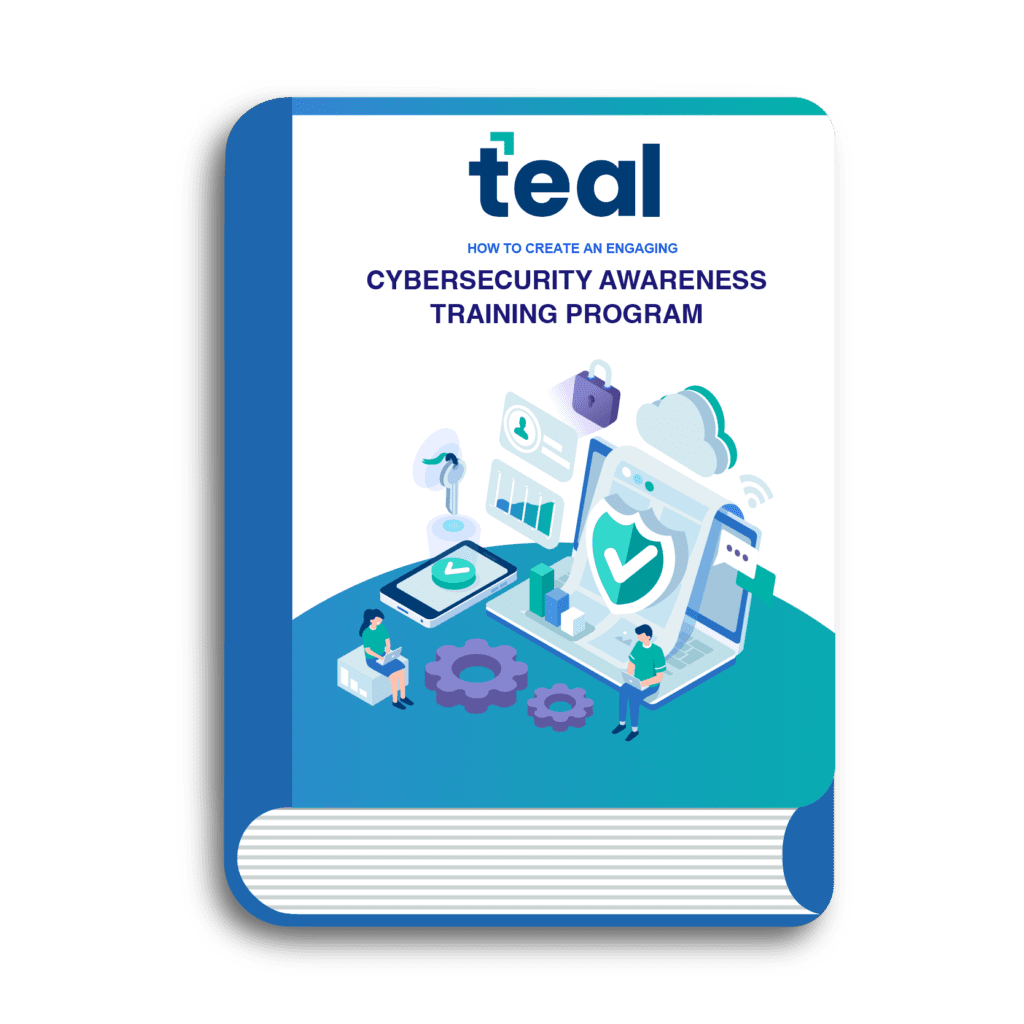
Learn how to implement an engaging and successful cybersecurity awareness training program.
Cybersecurity Cost Considerations
You need effective threat detection and prevention solutions to protect your business’s future. So, take great care in balancing your security needs with your budget when adding security solutions.
Focus on adding key security measures that align with your budget. Then, add additional solutions when you can. Don’t forget to consider the consequences of not investing in adequate security.
Read this article to learn all about the cost of cybersecurity for small businesses.
Advanced Threat Strategies
Advanced threats require a vast wealth of knowledge, detection and response solutions, and a proactive cybersecurity strategy that includes things like:
- Continuous monitoring
- Employee training
- Regular updates
If you’re missing any of these, your organization is vulnerable to financial and reputational damages. Use the insights in this article to strengthen your cyber threat detection. If you need assistance securing your organization and avoiding unknown threats, contact our team anytime to learn about our integrated cybersecurity solution.
Next in our series, we’re going to look at a vital part of your strategy. Email security. We’ll be diving deeper into how to safeguard against phishing – which is a primary vector for ransomware.
Make sure you sign up for our Tech Byte newsletter to get these expert insights delivered straight to your inbox.
